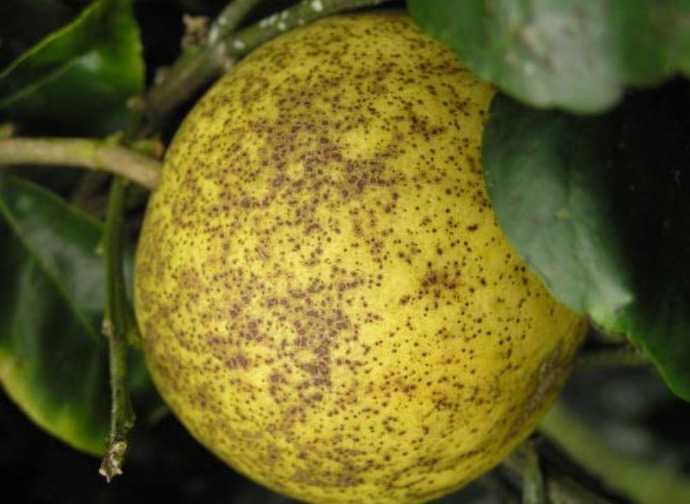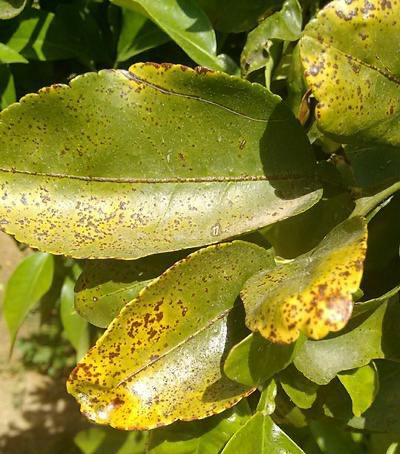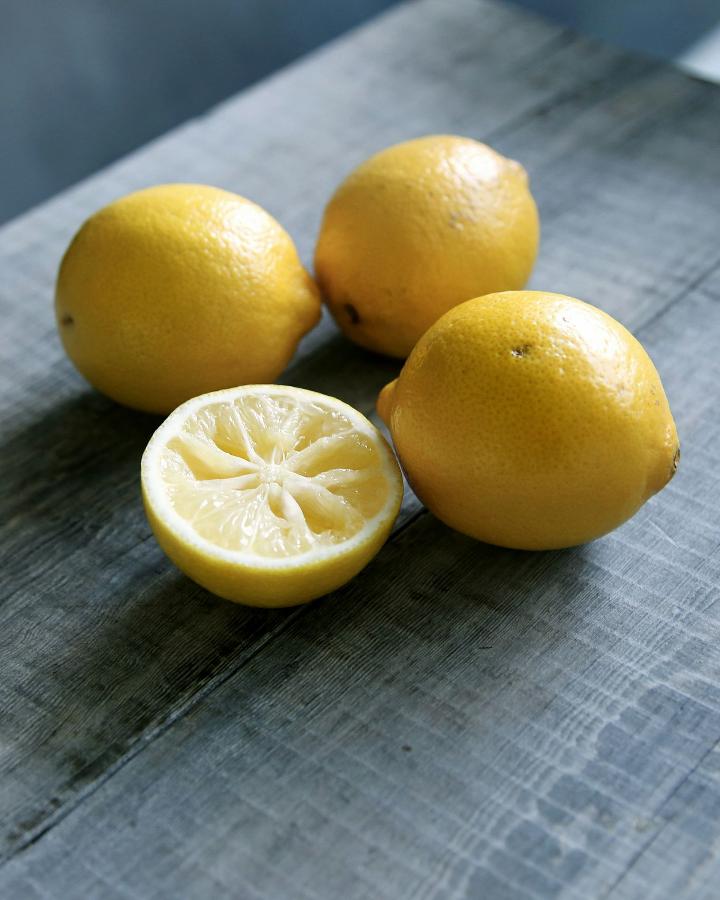Cidal Lemon Plant
Cidal Lemon, a lemon tree variety, requires well-draining soil and full sun exposure. Water consistently, especially during dry periods, and fertilize during the growing season for optimal fruit production. Prune to shape the tree and remove dead or damaged branches.

Habit
Tree
Height
Up to 10 ft
Growth
Moderate
Soil
Well Drained , Loamy
Shade
Full Sun
Moisture
Moist
Edible
Yes[Fruit]
Medicinal
Yes
Origin
India, Hybrid Var.
Climatic Condition
Tropical, Subtropical
Temperature (°)
20-35°C
Humidity (%)
50-70%
Potting media
Peat, mulch
Fertilizers
NPK 5:10:10, organic
Watering
Regular watering
Plant Weight
Yes
Flowering Time
Year-round
Soil Ph level
5.5 - 7.0
Water Ph level
5.5 - 7.0
Soil EC
1-2 dS/m
Yeild Per Plant
100-500 fruits per tree
NPK ratio
10:10:10
life Span
20-50 years
Health Benefits
Rich in vitamin C, antioxidants
Suggested Grow Media or Potting Mix ?
50% sandy soil, 30% compost, 20% perlite
Suggested Fertigation/Fertilizers
Fertilize every 4 weeks with a balanced, water-soluble fertilizer.
Common Diseases and Remedies
Lemon scab , melnosa
Staining of bark, leaf stunting, circular lesions.
Prune infected twigs, neem oil.
HEALTH BENEFITS
· High in vitamin C, supporting immune function and skin health.
· Aids digestion by stimulating digestive enzymes.
· Helps detoxify the body and may support weight loss.
What Is An Cidal Lemon Tree?
A Cidal Lemon crop involves growing lemon trees to harvest citrus fruits known for their sour taste.
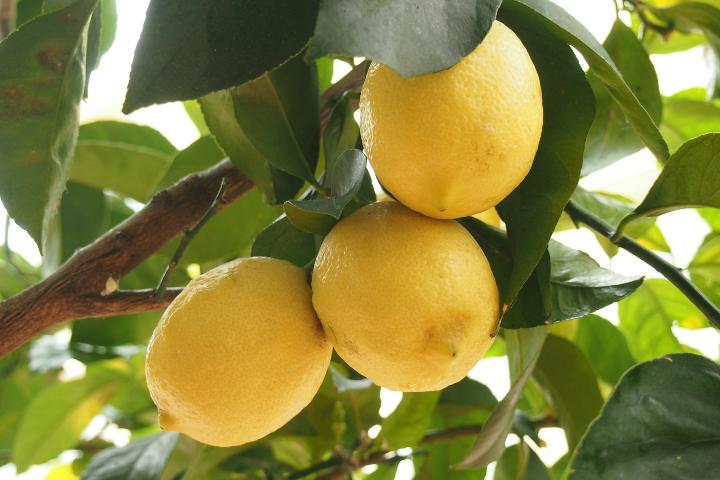
What Are The Different Types Of Cidal Lemon Plants?
1. . Lisbon Cidal Lemon
Lisbon Cidal Lemon, which are oval-shaped and bright yellow with a slightly glossy texture, are known for their tart and tangy flavour. They are commonly used in cooking, baking, and beverages, and are packed with vitamin C, fiber, antioxidants, as well as minerals such as calcium, potassium, and magnesium.
2. Meyer Cidal Lemon
Meyer Cidal lemons are a result of crossing a citron with a mandarin or pomelo hybrid, a hybrid citrus fruit native to China, named after Frank Meyer, a U.S. Department of Agriculture worker who found them in 1908.
3. Femminello Cidal Lemon
Femminello Cidal Lemon, significant in Italy, are famous for their sharp, intense taste and prominent nipples.
How to care for Cidal Lemon Tree?
For optimal lemon tree care, plant it where there is ample sunlight and soil that drains well. Water regularly, particularly in dry spells, but be cautious of excessive watering. Use a citrus fertilizer in proper proportions as directed by the manufacturer. Trim the tree to eliminate any dead or sick branches and enhance air circulation
1. Location
Eureka Cidal Lemon originated from a seedling planted in Los Angeles, California in 1858. Home cooks enjoy having fresh citrus for cooking, baking, cocktails, and lemonade. Eureka lemons are commonly found in grocery stores and are known for their sour, tangy taste.
2. Sunshine
Cidal Lemon plants require a minimum of 6 hours of direct sunlight to thrive and produce fruit.
3. Soils
Well-draining soil, be it sandy or loamy, with a pH ranging from 5.5 to 6.5 .
4. Hydration
Initially, the frequency should be at least twice a week, but it will be gradually decreased later on.
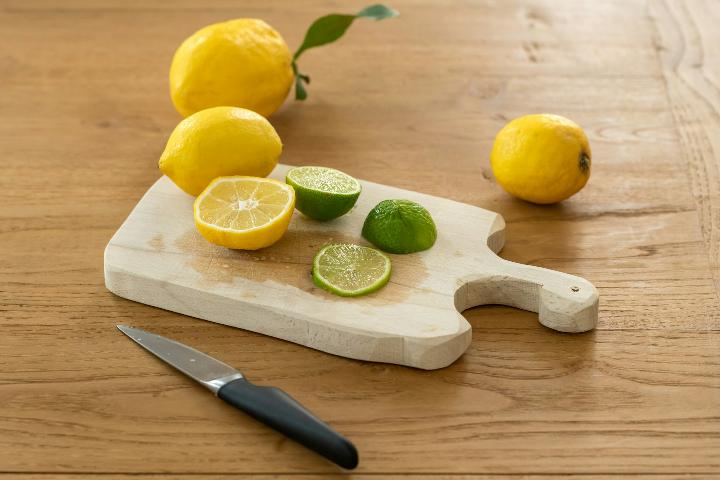
5. Nourishment
Plant nourishment includes an abundance of nitrogen, along with other crucial nutrients like magnesium and iron.
6. Issues
Trees can experience sudden wilting and collapsing or gradual decline; leaves turn yellow and fall off; entire canopy can be affected if roots are significantly damaged; base of trunk may show signs of bark rot; trunk lesions may resemble Phytophthora gummosis; clusters of mushrooms might be found at the base.
What are the Benefits of Cidal Lemon Tree ?
Advantages of Cidal lemon trees include promoting heart health and immunity, aiding in digestion, assisting in weight management, reducing cancer risk, improving oral health, and benefiting skin.
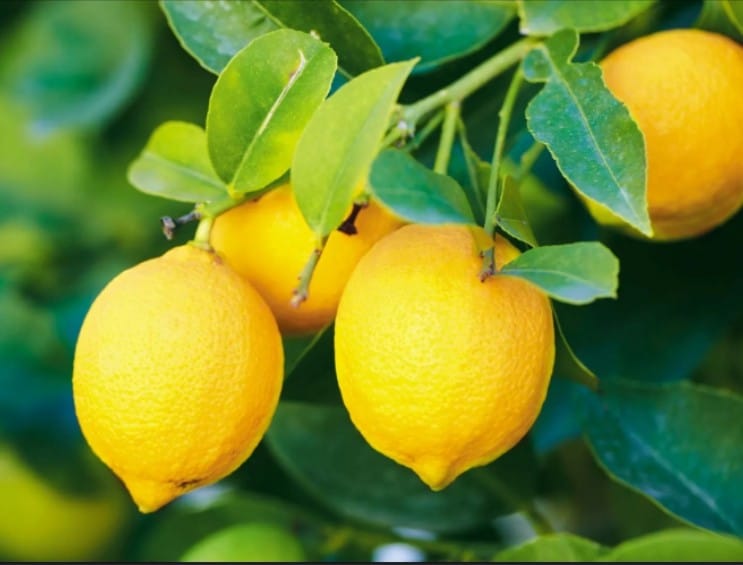
FAQs About Growing Cidal Lemon Tree
1. What is the preferred soil for Cidal lemon trees?
Cidal Lemon trees can thrive in various soil types, except heavy clay. The best soil is a fertile, well-draining loam.
2. What is the Cidal lemon tree's root system like?
Cidal Lemon trees have a wide-ranging, shallow root system that primarily stays within the top 24 inches of soil.
3. What diseases can impact Cidal lemon trees?
Cidal Lemon trees can be affected by bacterial canker (Blast), which shows symptoms like black lesions on leaf petioles, cankers on twigs and branches, leaves turning black and dying, and potential black lesions on fruit.
4. Can Cidal lemon trees grow from seeds or not?
Yes, Cidal lemon trees can grow from both seeds and without seeds.
5. How long can a Balaji lemon tree live for?
Cidal Lemon trees have a lifespan of over 25-30 years.
